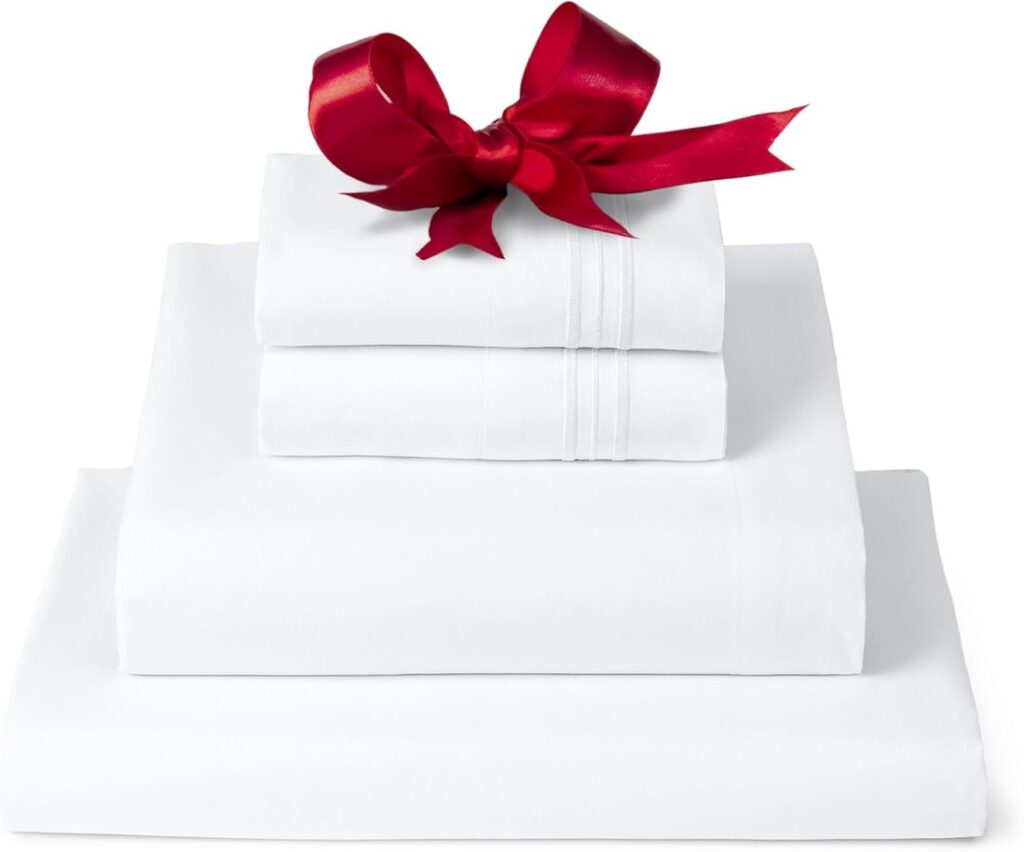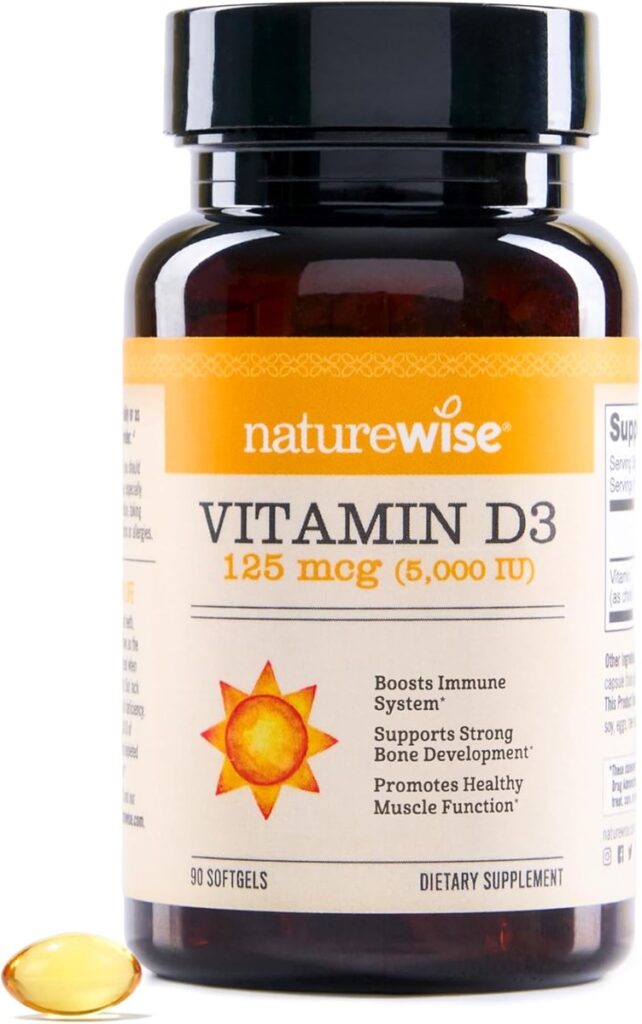This post may contain affiliate links, which means I'll receive a commission if you purchase through my link, at no extra cost to you. Please read full disclosure here.
This post is all about how to prevent winter eczema and how to avoid eczema flare up in winter.
For millions of people, along with the changing temperatures of winter comes an inevitable eczema flare up.
Myself included.
It has taken me years of dealing with annual eczema flare ups, but I’ve finally found the secret for avoiding a winter eczema flare up. Or at the very least, reducing the severity of the flare up and speeding up the recovery time.
Pin For Later:

If you are struggling with this as well, read on for exactly what to do (and not to do!) to prevent winter eczema this year.
1. Use a Humidifier
One of the main reasons why the weather change wrecks havoc on your skin in the winter is that there is less moisture in the air in the cold, dry months.
Less moisture in the air in turn causes dry skin, which in turn, activates eczema.
A great way to add moisture back into the air in your home is to run a humidifier.
Many homes comes furnace system has a humidifier incorporated in it, and you can turn the settings up on this.
If not, you can also run a humidifier in each room of your home that spend the most time in such as your living room and bedroom.
This Levoit Smart Humidifier makes keeping moisture in the air all winter long easy with smart app and voice control technologies.

2. Double Up On Thick Moisturizers
In order to add moisture back to your skin during the winter months, it’s important to double up skin moisturizers.
You may want to opt for a thick, emollient cream such as the CeraVe Moisturizing Cream instead of a light moisturizing lotion.

You will also more than likely need to reapply moisturizers more often. I like to keep a travel size handy in my purse so I can reapply it throughout the day during the colder months.
Another great way to keep your skin hydrated is by applying a combination of cream, oil, and an emollient barrier balm to seal in moisture.
For an in depth breakdown of my eczema skincare routine, click here.
3. Don’t Test New Products
Since your skin is more prone to a flare up during the winter months, it’s not the best time to experiment with new skin products.
Stick with your tried and true soaps, moisturizers, and makeup. This way you don’t accidentally cause an unwanted flare up, since it’s more difficult to get eczema flare ups under control in the winter months.
4. Practice Extra Self Care
It’s a good idea to make sure you are delegating extra time to self care as well as stress management during the winter months.
So much of managing eczema is linked to keeping a positive mindset and taking care of yourself.
5. Apply Acrylic-Gel Nails
If you are prone to a lot of itching and scratching, acrylic gel nails can be a complete life saver.
When you add acrylic and gel base to your nails, it thickens the tip of your nail. The thicker and more blunt the tip, the harder it is to break the skin when you’re itching.
To give you an idea of just how much they can keep you from breaking your skin, I used to have bruise marks when my eczema was really bad, in the areas that I was trying to scratch hard with acrylic nails on.
6. Don’t Switch to Flannel Bedding
It might be tempting to switch your bedding over in the winter to cozy flannel bedding, but if you have eczema, it might not be the best idea.
Flannel, while super warm and soft, can also get you extra toasty and hot, which in turn, can make you itchy.
My favorite bedding that I use all year around that is warm in the winter and cool in the summer is the Mellanni Sheets Set.

7. Avoid Itchy Sweater Fabrics
Similar to above, warm sweaters made of wool can actually cause you to get scratchy.
I like to stick to fabrics like cottons, fleeces, and cashmere.
8. Supplement with Vitamin D
Along with less outdoor time and sunshine in the winter months, comes lower vitamin D levels which can put you in a bad head space and cause dry skin.
These are both a recipe for disaster when it comes to eczema, so it’s not a bad idea to supplement with vitamin D during the winter.

9. Keep Temperature at a Lower Temp
While it might be nice to keep your house super warm and cozy during the winter, doing so can dry out your skin immensely and make you more likely to scratch.
Aim to keep your thermostat set to no higher than 67 degrees Fahrenheit.
10. Drink More Water
Many people actually end up consuming less water during the winter months. This might be because we’re spending more time feeling cold than we are hot.
However, it’s really important to hydrate from the inside out to prevent dry skin in the winter.
Set a daily water goal of half your body weight in milliliters. For example, since I weigh 130 pounds, I aim to drink at least 65 milliliters of water daily.
You might also like:
This post was all about how to prevent winter eczema.
SHOP MY TRIED AND TRUE ECZEMA SKINCARE FAVORITES HERE:
Leave a Reply